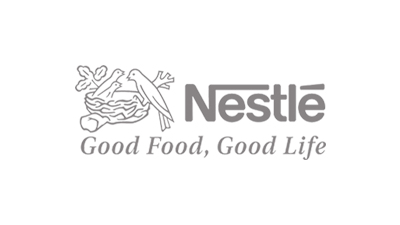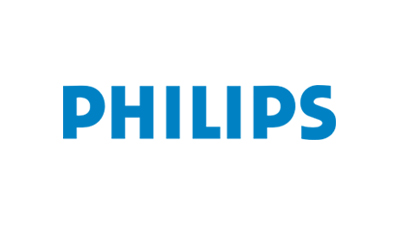This report studies the global Stationary Emission Control Catalyst market status and forecast, categorizes the global Stationary Emission Control Catalyst market size (value & volume) by manufacturers, type, application, and region. This report focuses on the top manufacturers in North America, Europe, Japan, China, India, Southeast Asia and other regions (Central & South America, and Middle East & Africa). Emission control catalysts are now used on all types of internal combustion engines, as well as in a number of stationary applications. Catalytic reactors for mobile applications, known as catalytic converters, utilize catalyst-coated monolithic substrates. Terms which are used to characterize the catalyst performance include conversion efficiency, light-off temperature, and space velocity. The importance of emission control catalysts has been increasing as environmental concerns and measures to fight pollution have become more important globally. Emission control catalysts are divided into two types according to the source of the emission: emission control catalysts for mobile sources (such as automobile catalysts) and for stationary sources. The largest part of the market is the mobile emission catalyst segment; the stationary emission catalyst market is smaller. Following the success in mobile engine applications, catalyst technologies were introduced for stationary applications, for the control of volatile organic compounds (VOC) and NOx emissions. The list of catalyst applications covers such emission sources as chemical plants, painting and coating processes, ovens, printing, dry cleaning, power generation, and, last but not least, stationary engines. Examples of catalyst technologies for stationary engines include non-selective catalytic reduction (NSCR) of NOx from rich burn natural gas engines and selective catalytic reduction (SCR) of NOx by ammonia from diesel engines. USA is the largest consumption country of Stationary Emission Control Catalyst products in the world in the past few years while the market share increased to about 20.53% in 2015 from 24.85% in 2011. The global Stationary Emission Control Catalyst market is valued at 550 million US$ in 2017 and will reach 590 million US$ by the end of 2025, growing at a CAGR of 1.0% during 2018-2025. The major manufacturers covered in this report Johnson Matthey plc BASF Cataler Corporation Hailiang Clariant International AG Cormetech Inc Corning Inc DCL International Inc UOP LLC (Honeywell) Guodian Longyuan Tianhe (Baoding) Geographically, this report studies the top producers and consumers, focuses on product capacity, production, value, consumption, market share and growth opportunity in these key regions, covering North America Europe China Japan India Southeast Asia Other regions (Central & South America, Middle East & Africa) We can also provide the customized separate regional or country-level reports, for the following regions: North America United States Canada Mexico Asia-Pacific China India Japan South Korea Australia Indonesia Singapore Rest of Asia-Pacific Europe Germany France UK Italy Spain Russia Rest of Europe Central & South America Brazil Argentina Rest of South America Middle East & Africa Saudi Arabia Turkey Rest of Middle East & Africa On the basis of product, this report displays the production, revenue, price, market share and growth rate of each type, primarily split into Honeycomb Catalyst Plate Catalyst Corrugated Catalyst By Application, the market can be split into Power?Plant Painting?Industry Oil?Industry Mining?Industry Chemical?Industry? Others The study objectives of this report are: To analyze and study the global Stationary Emission Control Catalyst capacity, production, value, consumption, status (2013-2017) and forecast (2018-2025); Focuses on the key Stationary Emission Control Catalyst manufacturers, to study the capacity, production, value, market share and development plans in future. Focuses on the global key manufacturers, to define, describe and analyze the market competition landscape, SWOT analysis. To define, describe and forecast the market by type, application and region. To analyze the global and key regions market potential and advantage, opportunity and challenge, restraints and risks. To identify significant trends and factors driving or inhibiting the market growth. To analyze the opportunities in the market for stakeholders by identifying the high growth segments. To strategically analyze each submarket with respect to individual growth trend and their contribution to the market. To analyze competitive developments such as expansions, agreements, new product launches, and acquisitions in the market. To strategically profile the key players and comprehensively analyze their growth strategies. In this study, the years considered to estimate the market size of Stationary Emission Control Catalyst are as follows: History Year: 2013-2017 Base Year: 2017 Estimated Year: 2018 Forecast Year 2018 to 2025 For the data information by region, company, type and application, 2017 is considered as the base year. Whenever data information was unavailable for the base year, the prior year has been considered. Key Stakeholders Stationary Emission Control Catalyst Manufacturers Stationary Emission Control Catalyst Distributors/Traders/Wholesalers Stationary Emission Control Catalyst Subcomponent Manufacturers Industry Association Downstream Vendors Available Customizations With the given market data, QYResearch offers customizations according to the company's specific needs. The following customization options are available for the report: Regional and country-level analysis of the Stationary Emission Control Catalyst market, by end-use. Detailed analysis and profiles of additional market players.
Table of Contents Global Stationary Emission Control Catalyst Market Professional Survey Report 2018 1 Industry Overview of Stationary Emission Control Catalyst 1.1 Definition and Specifications of Stationary Emission Control Catalyst 1.1.1 Definition of Stationary Emission Control Catalyst 1.1.2 Specifications of Stationary Emission Control Catalyst 1.2 Classificat









